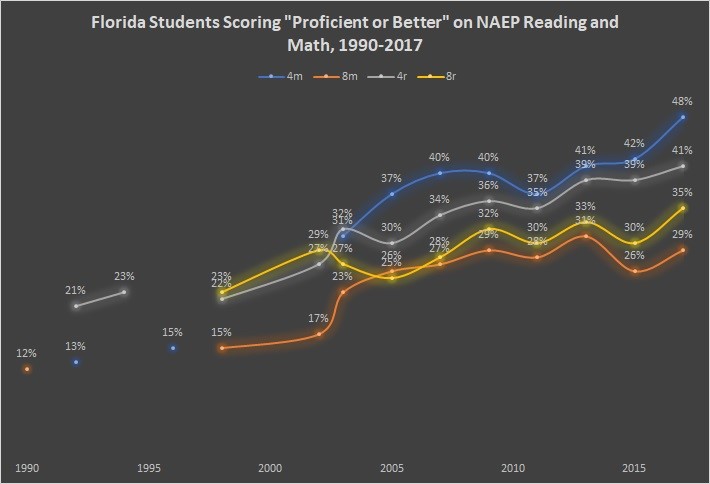The ancient Greek poet Hesiod wrote in Work and Days that there are two kinds of strife: destructive and beneficial. The ancient Greeks encountered destructive strife on a frequent basis: If they weren’t fighting external enemies such as the Persians, Greek city-states tended to be at war with each other.
Hesiod, however, described a second and beneficial form of strife between people:
She stirs up even the shiftless to toil; for a man grows eager to work when he considers his neighbor, a rich man who hastens to plough and plant and put his house in good order; and neighbor vies with his neighbor as he hurries after wealth. This strife is wholesome for men. And potter is angry with potter, and craftsman with craftsman, and beggar is jealous of beggar, and minstrel of minstrel.
Hesiod and his contemporaries experienced an education system that exemplified this type of competition. Teachers like Socrates, for instance, charged students fees in exchange for lessons, and he had competition. Philip of Macedon hired Aristotle to tutor his not-yet great son. Education was a private activity in ancient Greece and was just as subject to “good strife” competition as any other sector. People educated under this system laid the foundation of modern society in the arts, philosophy, sport and science, and developed democracy as well – not bad, all in all.
Craig Barrett, former CEO and president of Intel, mirrored Hesiod when he noted a need for “tension in the system” for K-12 education. No one should be a captive audience to any service provider by this way of thinking, Barrett said, up to and including government.
Few view competition in K-12 as wholesome today. Florida’s newspapers continue to cry wolf about an alleged “destruction education.” Self-awareness doesn’t seem to be a strong suit of these editorial boards; Florida papers have declared for 20 years that the sky is falling, even as the state’s outcomes have continued to improve.

“Lost golden age” is not a phrase anyone acquainted with data would use to describe Florida’s K-12 system of the 1990s. The present doesn’t look like a golden age either, but the results clearly have moved in the right direction. The tension in Florida’s system appears wholesome rather than destructive.
Schools are not warring like Greek city-states spreading woe and suffering in their wake. Instead, families are engaging in voluntary associations and selecting schools they feel best meet their needs, and overall academic results have improved. Whether you examine National Assessment of Educational Progress data or college completion rates, the best performance of Florida’s K-12 system is happening now, and hopefully will continue to get better.
Another form of “good strife” is baked into the American political system in the form of federalism. Part of the beauty of American federalism is that it allows people the option of residing in states more closely matching their preferences and values. A great many families have moved to Florida for these reasons.
Florida surpassed New York in population in 2014 to claim the rank of the country’s third largest state with almost 20 million residents. In 1950, New York’s population was five times that of Florida, and as recently as 1980, New York’s population was 80 percent larger than the Sunshine State’s.
One of the big reasons Florida went from a lightly populated state at the turn of the 20th century to overtaking New York in population recently is simply that a huge number of New Yorkers chose to become Floridians. Congress has never reacted to mobility between states with horror or attempted to bind people like serfs to the states in which they were born. Quite the contrary; it funded an interstate highway system starting in the 1950s (notice when Florida’s population really started to take off, by the way) which made relocation easier for millions.
Most states both gain and lose residents in this process and the net is minimal. Some states, like Florida, are big winners. A few, like New York, are big losers. At some point, New York officials might begin researching why so many of their citizens are anxious to leave and do what they can to address the situation. Florida, however, is not “draining” New York. We simply are seeing the result of millions of free people pursuing happiness.
Choice opponents imagine family empowerment as destructive, like the Peloponnesian War, when the available evidence shows it is beneficial, like the Olympic Games. The good strife should continue.


